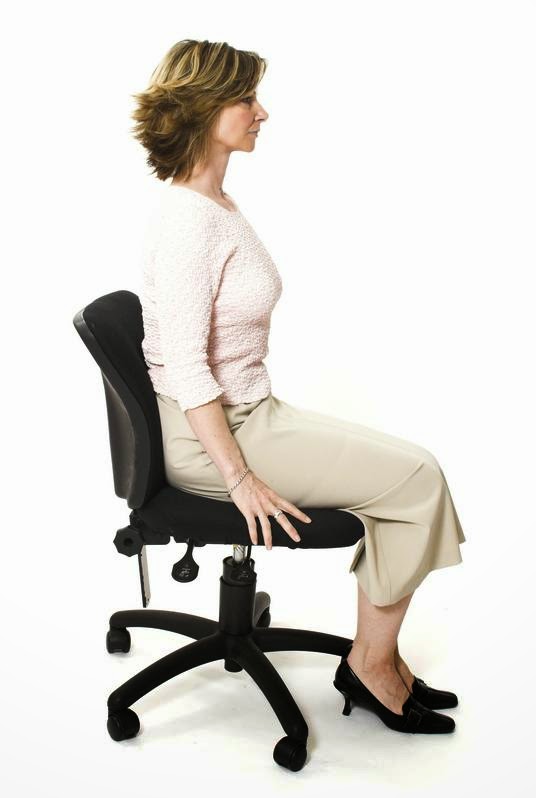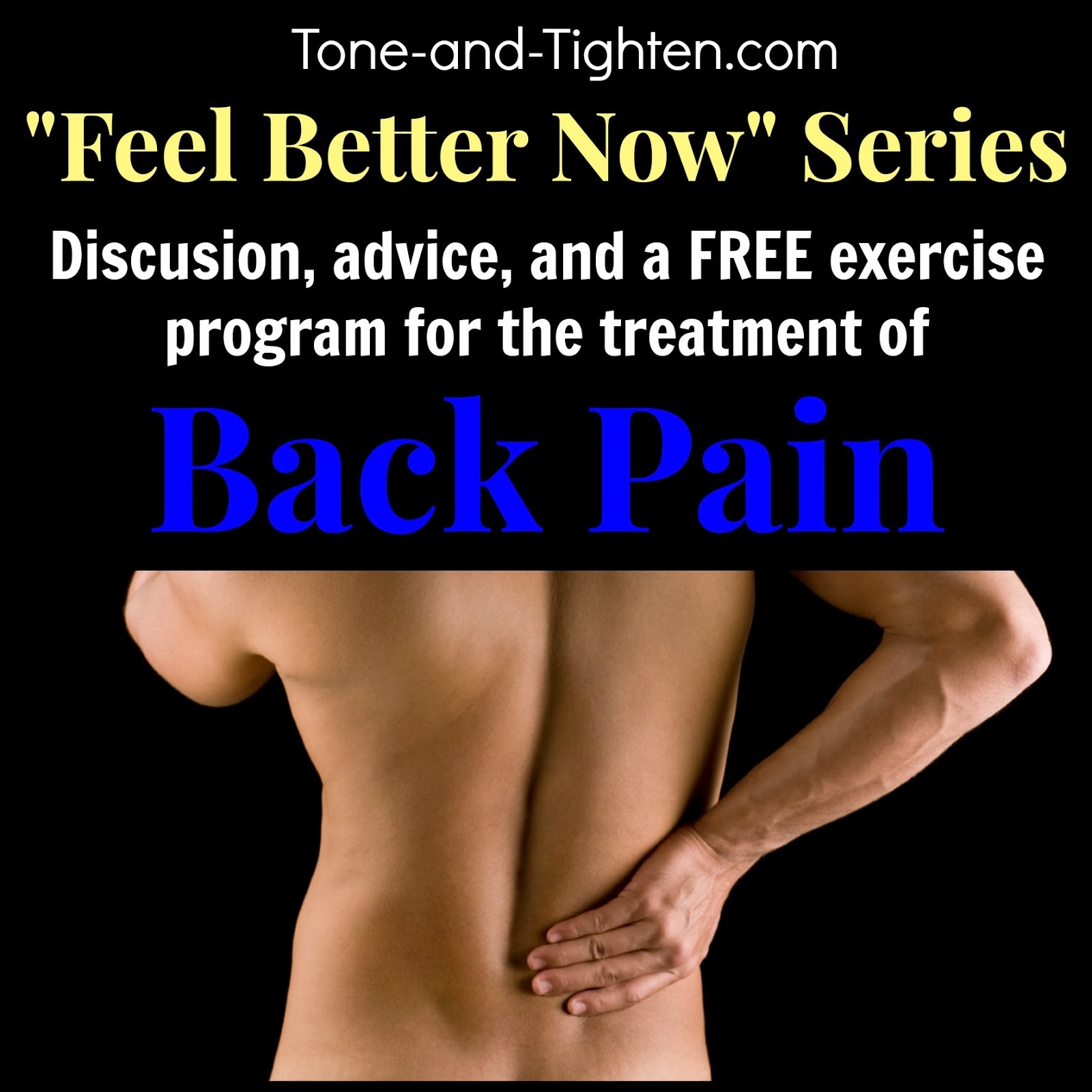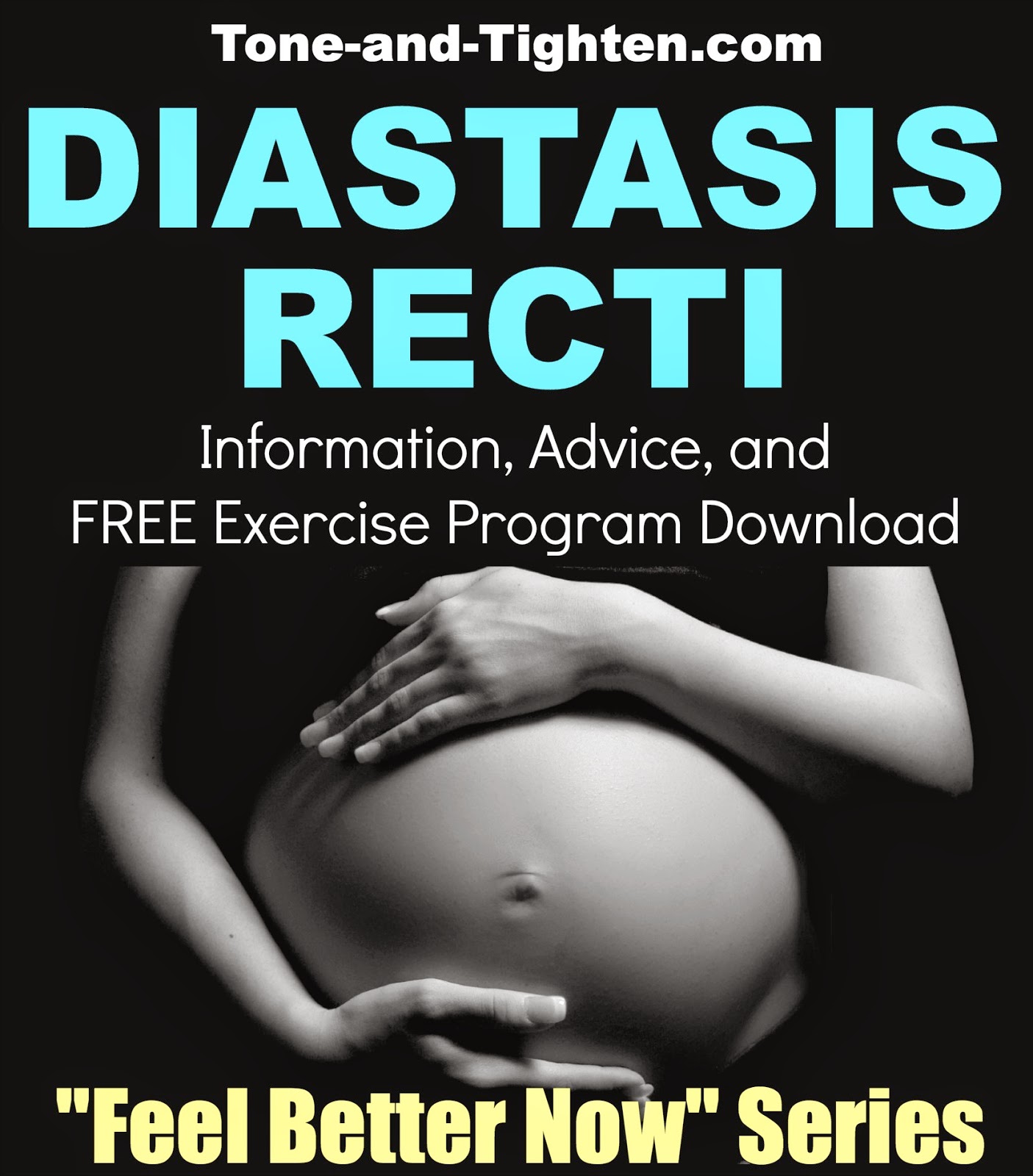“Deskjobitis”– (desk – job – eye -tis) a condition of neck and upper shoulder pain often seen as the direct result of working long hours hunched over a computer. (It’s actually a word I’m pushing to have added to the dictionary! We’ll see how successful I am!)
As a doctor of physical therapy, spine pain is the most common condition that I see in my clinic. In fact in a recent study it was shown that the incidence for neck pain in the United States ranges right around 25%. That means that one in every four of us in the good ol’ USA are going to suffer from neck pain at some time in our lives. If you don’t have it personally chances are that you know someone who does. I point my finger at one culprit – unfortunately I’m currently typing on it so I can’t point at it for very long. Aside from car accidents, sitting with poor posture for long hours at work/a computer is the number two reason people come to see me with neck pain.
It’s for these reasons that I’m dedicating this “Feel Better Now” series post to the discussion and treatment of mechanical neck pain (meaning it came on slowly/gradually without a specific injury). Below we’ll discuss what it is, why you get it, and share some stretches and exercises that you can do to “Feel Better Now“!
What is it? Mechanical neck pain is a pain that can start as high as the base of the skull and run as low as the shoulder blades. Common sites that it affects are the sides of the neck (one or both), the base of the skull, the upper part of your shoulders (trapezoids), and between your shoulder blades. It can, but doesn’t have to, be associated with a headache that usually comes from the back part of your skull and climbs up and over to the eye socket. It’s typically a dull ache accompanied by feelings of tightness that intensifies as the day progresses. Pain is usually ameliorated with stretches, heat and rest. This type of neck pain usually does NOT have symptoms down into the arm (numbness, tingling, pain, etc). Those symptoms are indicative of a more serious condition as neural structures have been affected. The bottom line is this guy’s a bugger and you need to get rid of him!!
Why do I get it? Let’s face it – our heads are heavy. For a fully-grown adult human being our heads weigh 8-10 pounds. That’s a lot of weight for our necks to hold up all day long! Let’s take a look at what proper posture looks like…
 You’ll notice that her back is straight, her shoulders are back and her head is in a neutral alignment. As far as the neck is concerned the simplest, easiest check that I use in the clinic is looking at where the ear is in relation to the shoulder. If the ear sits right over the shoulder when I look from the side then I’m not concerned about the posture (truthfully, I can only think of once in my career that that has happened!). In this position gravity pushes our head straight down onto our spine, our postural muscles are active, and we can stay here for an extended period of time. But really, who sits like this?! Here’s the example that we can all relate to a little easier…
You’ll notice that her back is straight, her shoulders are back and her head is in a neutral alignment. As far as the neck is concerned the simplest, easiest check that I use in the clinic is looking at where the ear is in relation to the shoulder. If the ear sits right over the shoulder when I look from the side then I’m not concerned about the posture (truthfully, I can only think of once in my career that that has happened!). In this position gravity pushes our head straight down onto our spine, our postural muscles are active, and we can stay here for an extended period of time. But really, who sits like this?! Here’s the example that we can all relate to a little easier…That’s a little more true to form, isn’t it? As soon as we put a computer in front of us our posture collapses. Our arms come forward, the shoulders round out, the head comes way out in front. Check out where his ear is at in relation to his shoulder. In this position gravity is still pushing his head straight down, but now there’s no spine directly under it to hold it up. We’ve essentially eliminated our back and postural muscles as in this position they’re the last thing that’s working to hold our head up. All of the sudden we’re relying on our weak little neck muscles (the ones that are supposed to be for fine motor movements of our head) to hold up our 10-pound bowling ball head for 8+ hours on our workday. These muscles get fatigued, start to hurt, and start to cramp up and get tight. Put them through this day in and day out and ~Voila~… DESKJOBITIS!! Posture-induced mechanical neck pain.
It’s a debilitating bugger, I know… but I also know there’s a lot you can do about it! You don’t have to suffer from this neck pain!!
Check out some of our other posts in our popular “Feel Better Now” series:
Disclaimer: The information presented in the “Feel Better Now” series is designed to be used for informational purposes only. The diagnoses and treatment plans outlined are extremely generalized and may or may not be the recommended interventions for your specific problem. If you are experiencing pain, you are encouraged to consult a healthcare provider to determine the best treatment plan that will be in your individual best interest. Tone and Tighten claims exemption from accident, injury, or perpetuation of any injury incurred while performing exercises found on this website. The user assumes all risk… and reward!!
Make it happen,
Jared

By Jared Beckstrand









